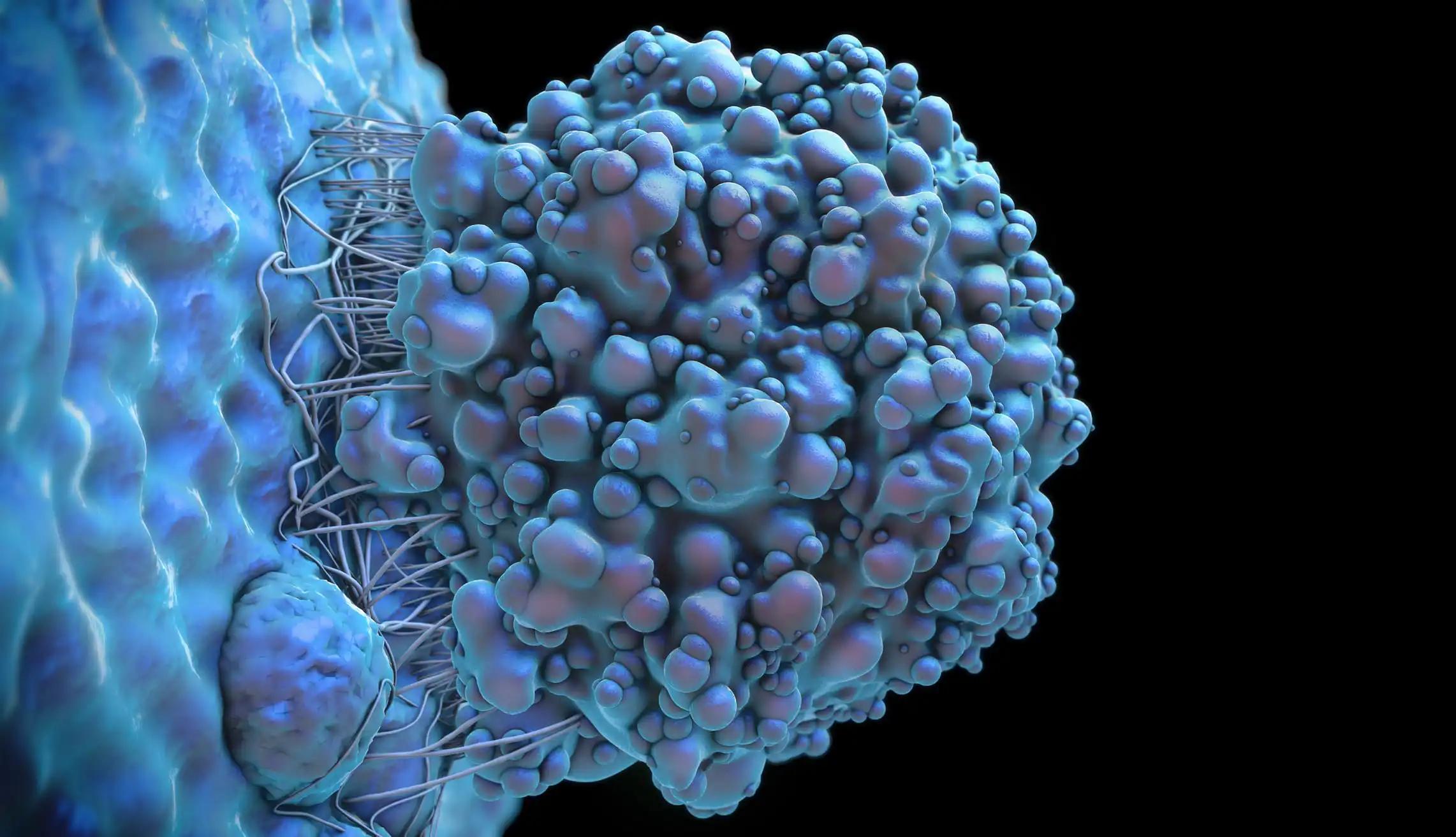KEY TAKEAWAYS
- The study aimed to investigate the optimal imaging modality for distinguishing between brain tumor recurrence and post-treatment radiation effects through meta-analysis.
- Researchers noticed FET PET as the top-ranked imaging modality, with APT MRI as a promising alternative.
In this study, researchers systematically gathered and analyzed comprehensive evidence from 17 distinct imaging modalities. Employing network meta-analysis, Mona Gad and her team focused on identifying the most effective modality for accurately differentiating between instances of brain tumor recurrence and post-treatment radiation effects. The objective was to conduct a thorough analysis to determine the optimal imaging approach for this differentiation.
They performed an inclusive analysis by conducting a systematic search on PubMed and Embase. The Assessment of Multiple Systematic Reviews-2 (AMSTAR-2) instrument assessed the quality of eligible studies. For each meta-analysis, the team recalculated effect sizes, sensitivity, specificity, positive and negative likelihood ratios, and diagnostic odds ratios utilizing a random-effects model, based on individual study data derived from the original meta-analyses.
Imaging technique comparisons were subsequently evaluated through Network Meta-Analysis (NMA), and the ranking process employed the multidimensional scaling approach. Additionally, the assessment included visually analyzing the surface under the cumulative ranking curves.
A total of 32 eligible studies were identified for analysis. Only 1 study exhibited high confidence in its results, while 21% of the included meta-analyses displayed substantial heterogeneity, and 9% showed a small study effect.
Among the extensively studied comparisons, MRS Cho/NAA, Cho/Cr, DWI, and DSC were prominently featured. In this analysis, MRS (Cho/NAA) and 18F-DOPA PET demonstrated the highest sensitivity and negative likelihood ratios.
Significantly, 18-FET PET emerged as the top-ranked technique among the 17 studied modalities, with statistical significance. Meanwhile, APT MRI, a non-nuclear imaging modality, surpassed DSC in rankings, although the difference was statistically insignificant.
The study concluded that the existing evidence on the optimal imaging modality for distinguishing between radiation necrosis and post-treatment radiation effects remains inconclusive. However, through the application of Network Meta-Analysis (NMA), the analysis identified FET PET as the top-ranked modality for this task based on the available evidence. Additionally, APT MRI showed as a promising non-nuclear alternative. No funds were granted for this study.
Source: https://link.springer.com/article/10.1007/s11060-023-04528-8#Abs1
Dagher, R., Gad, M., da Silva de Santana, P. et al. “Umbrella review and network meta-analysis of diagnostic imaging test accuracy studies in Differentiating between brain tumor progression versus pseudoprogression and radionecrosis.” J Neurooncol 166, 1–15 (2024). https://doi.org/10.1007/s11060-023-04528-8



